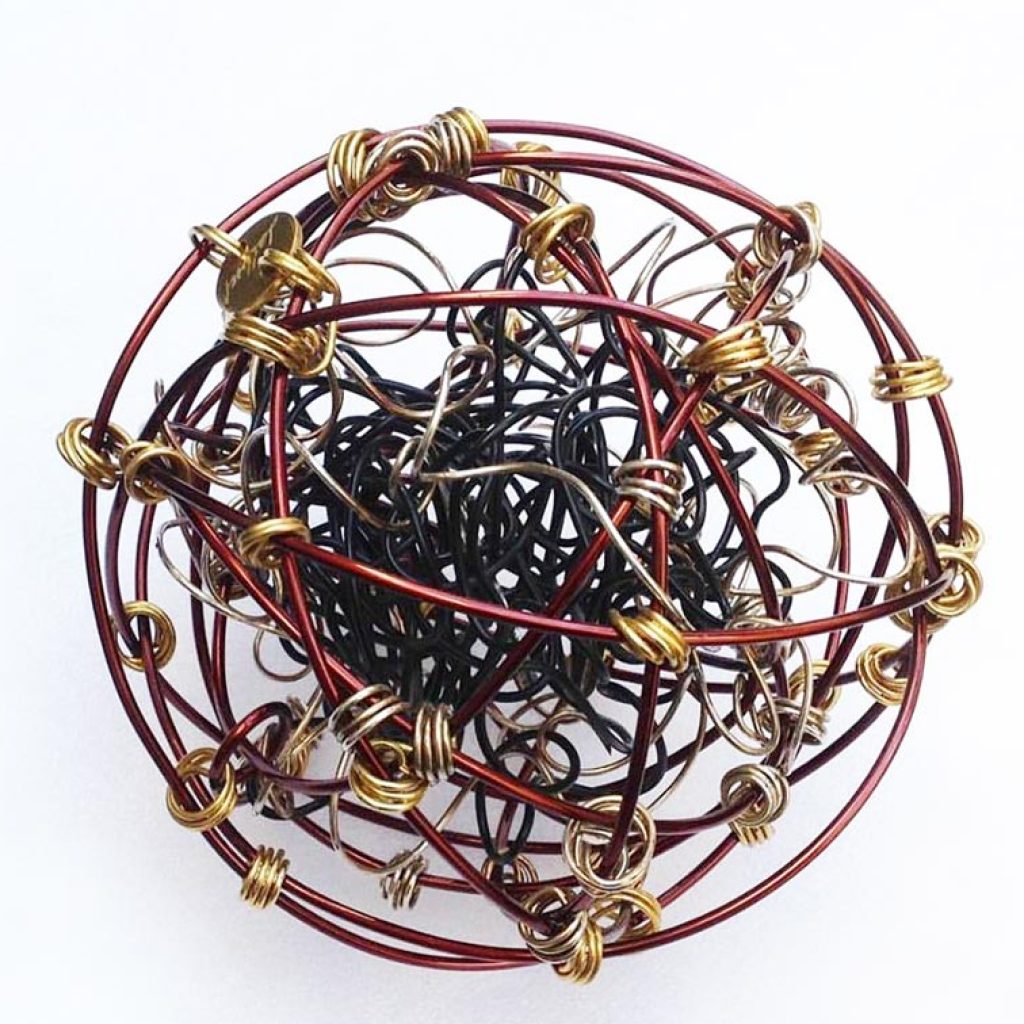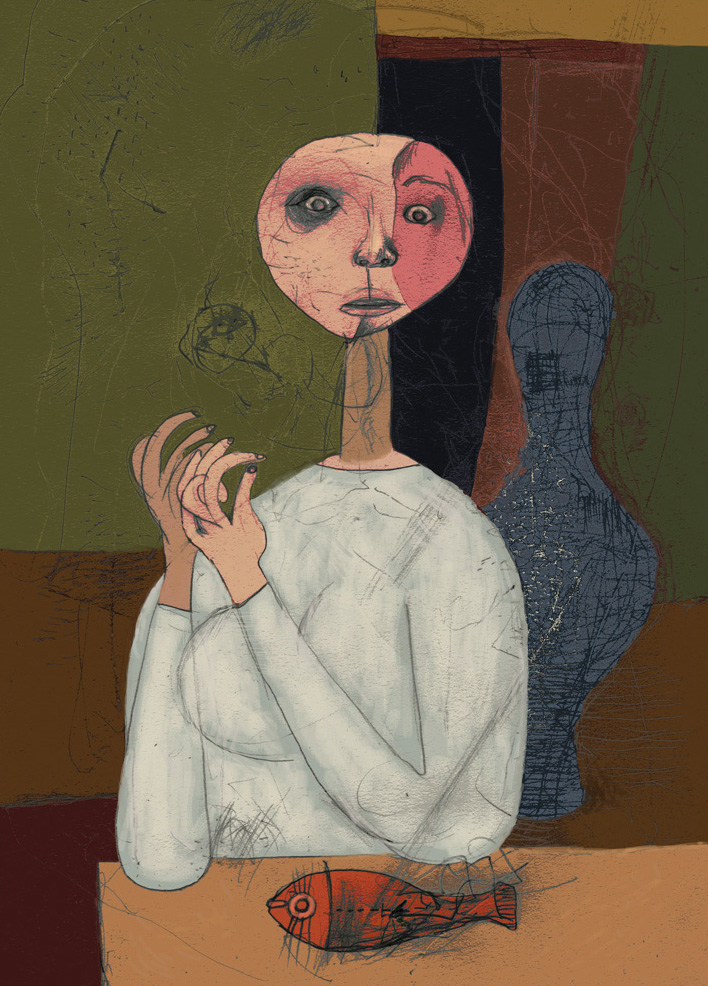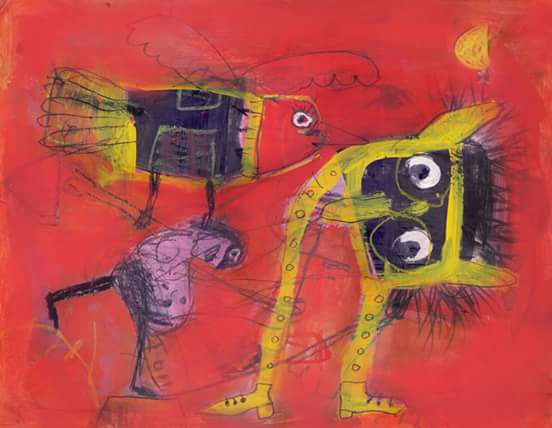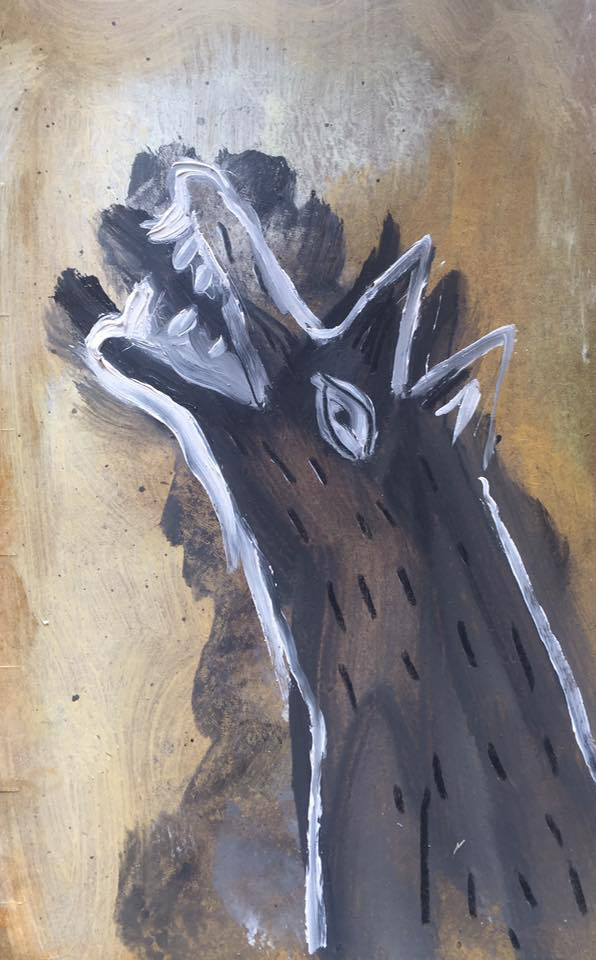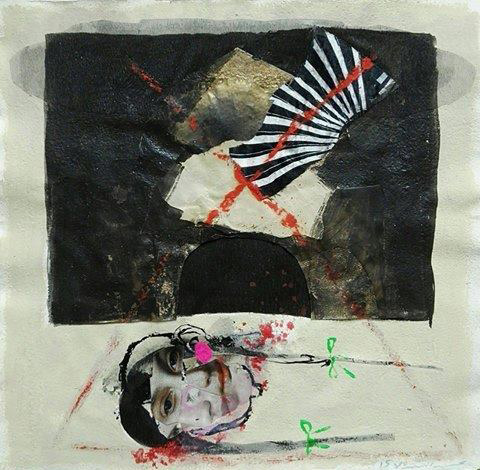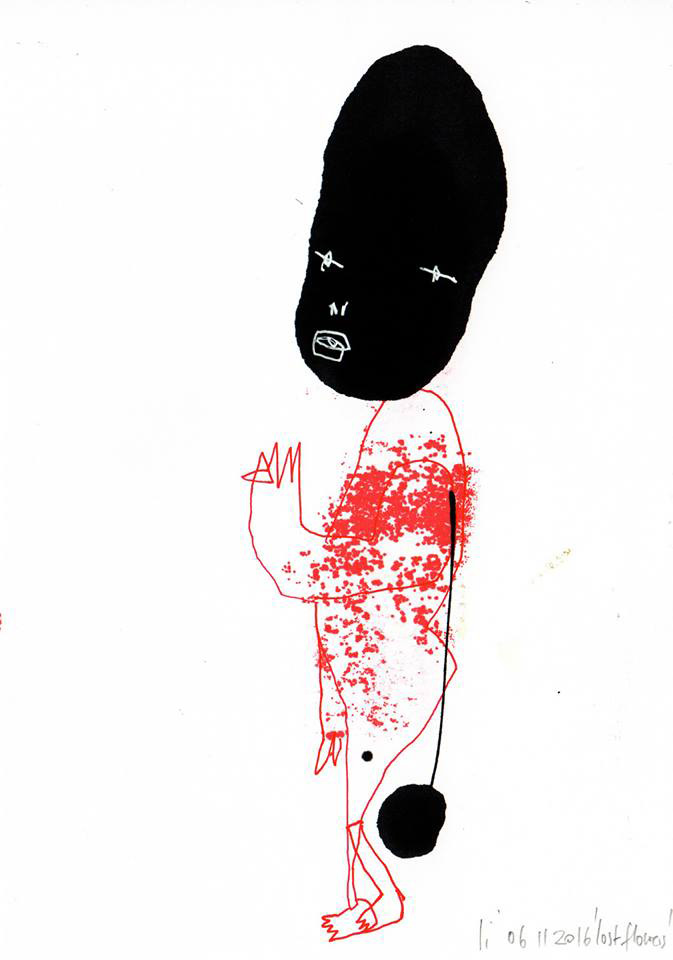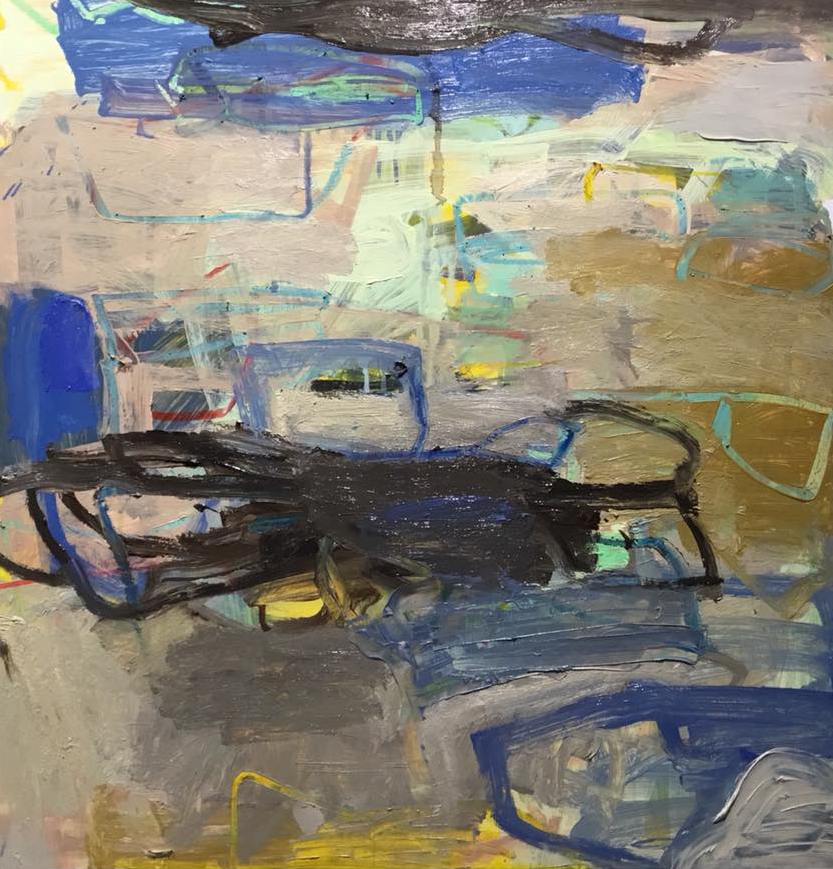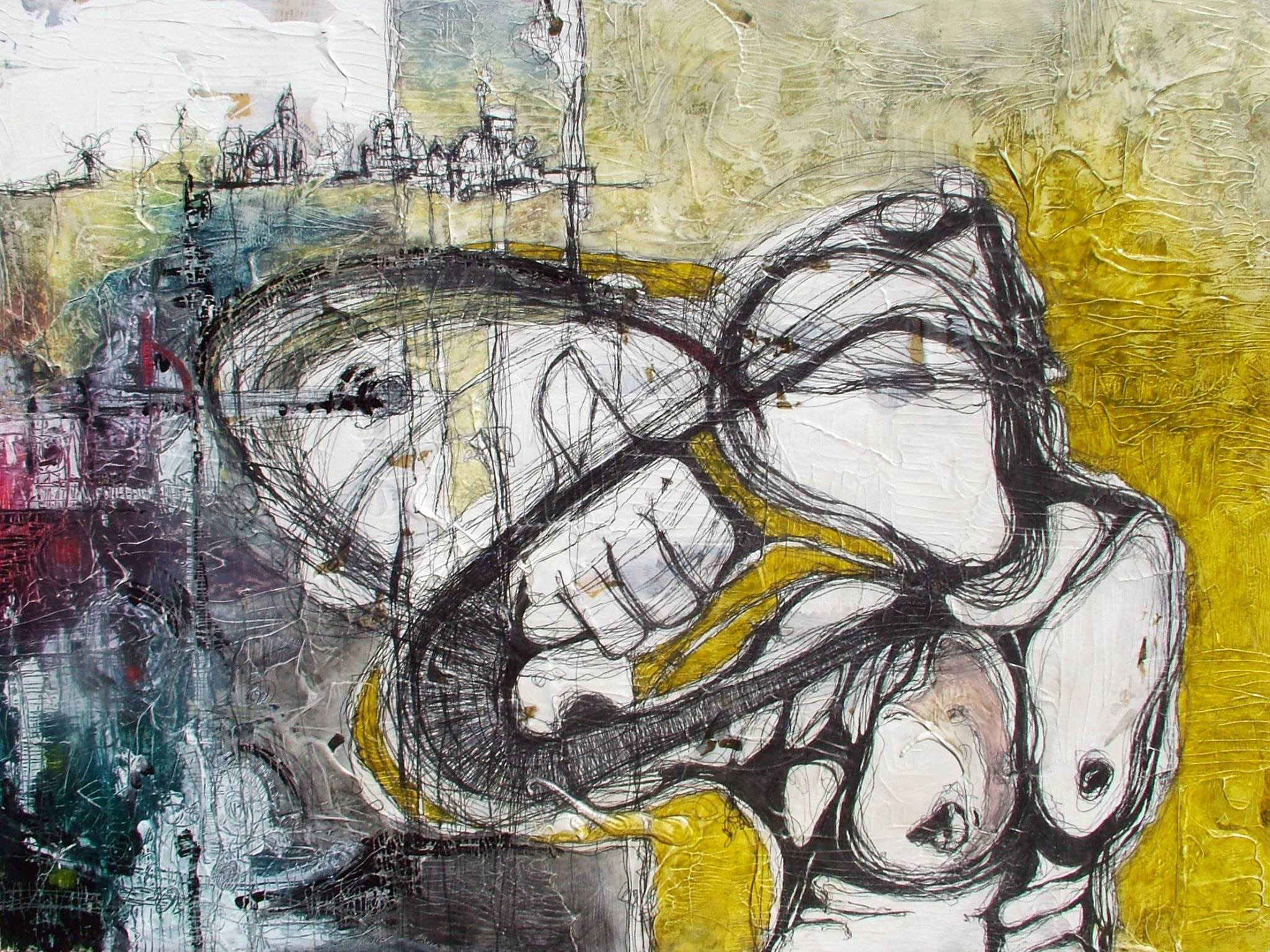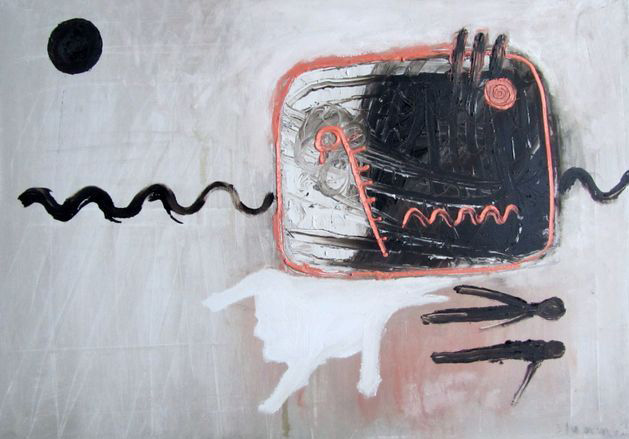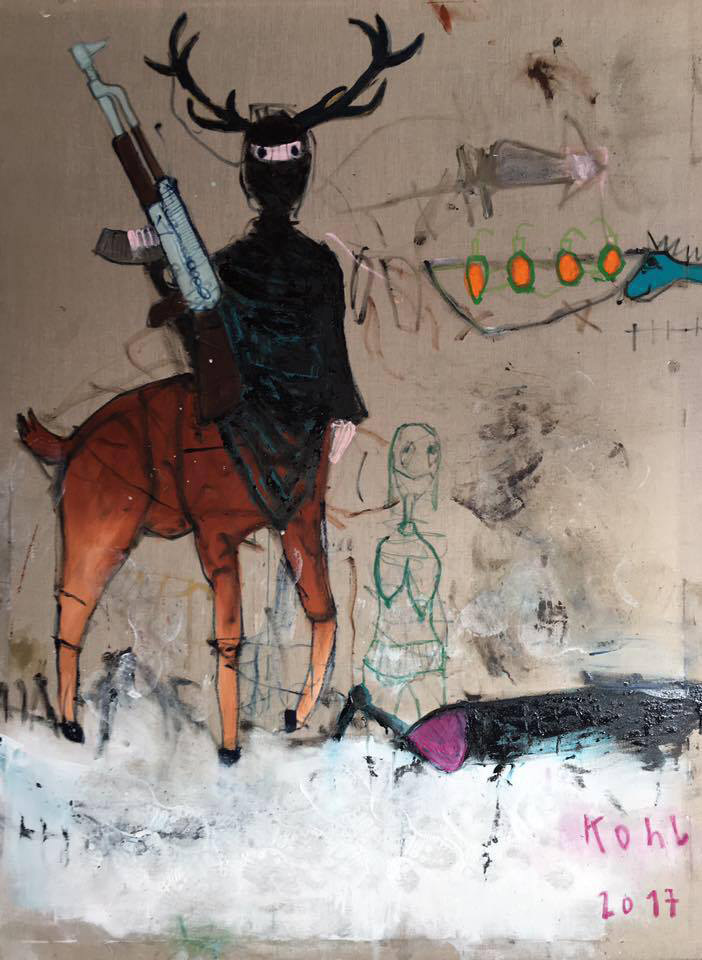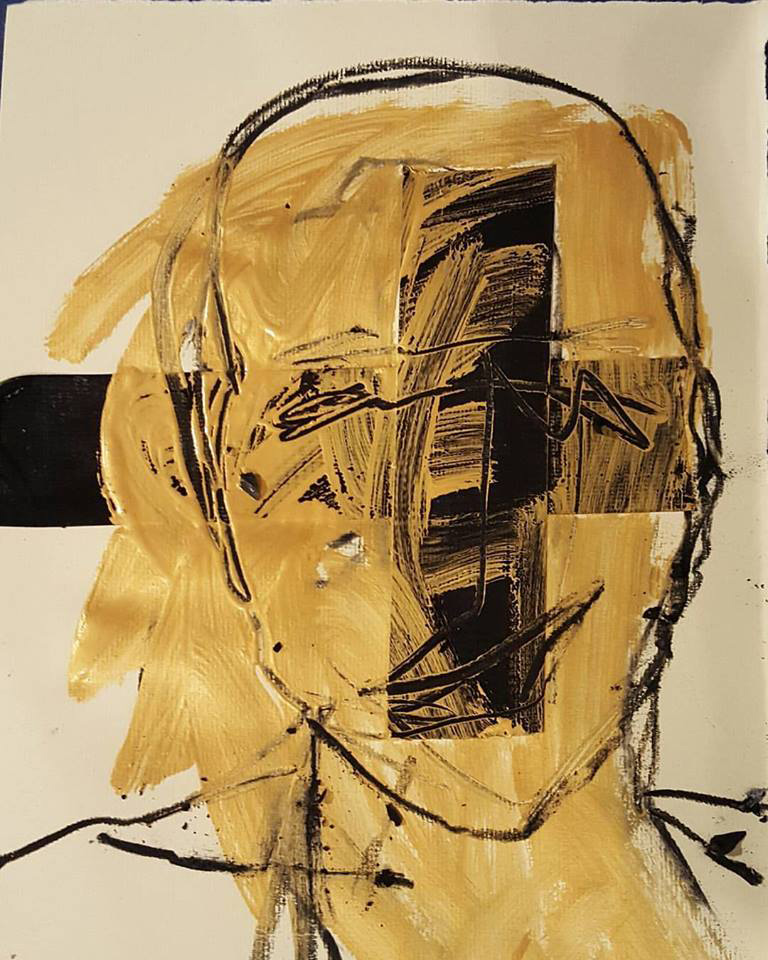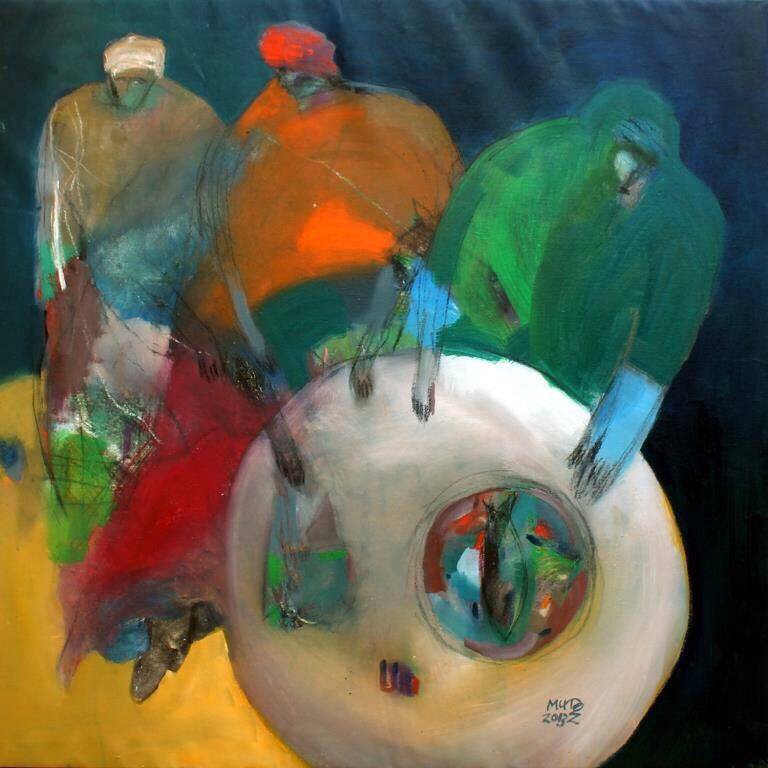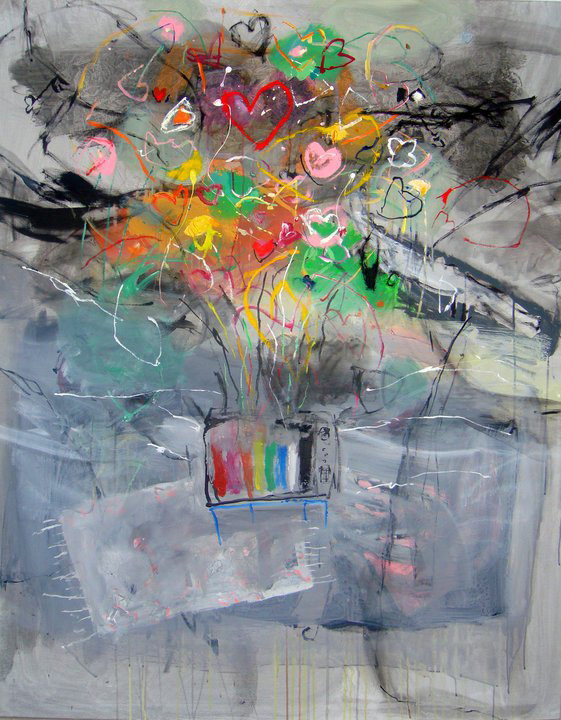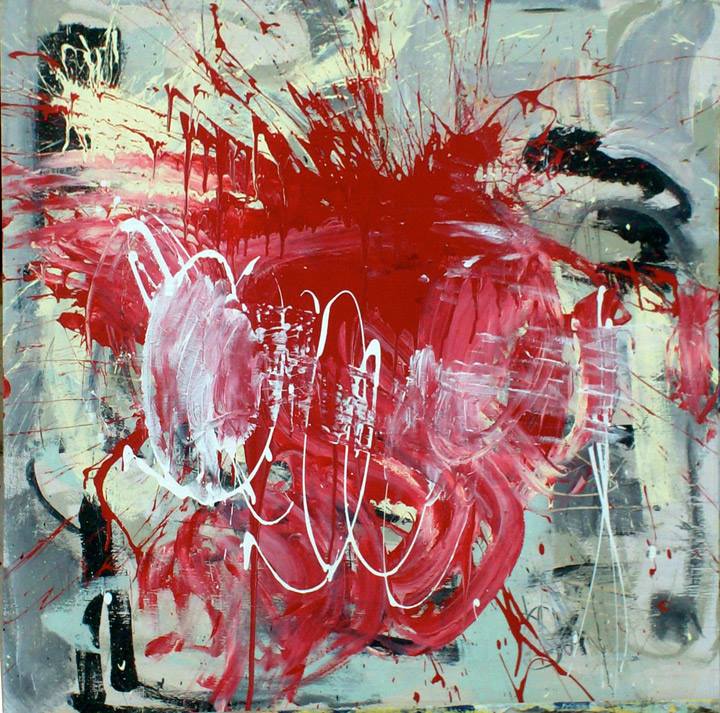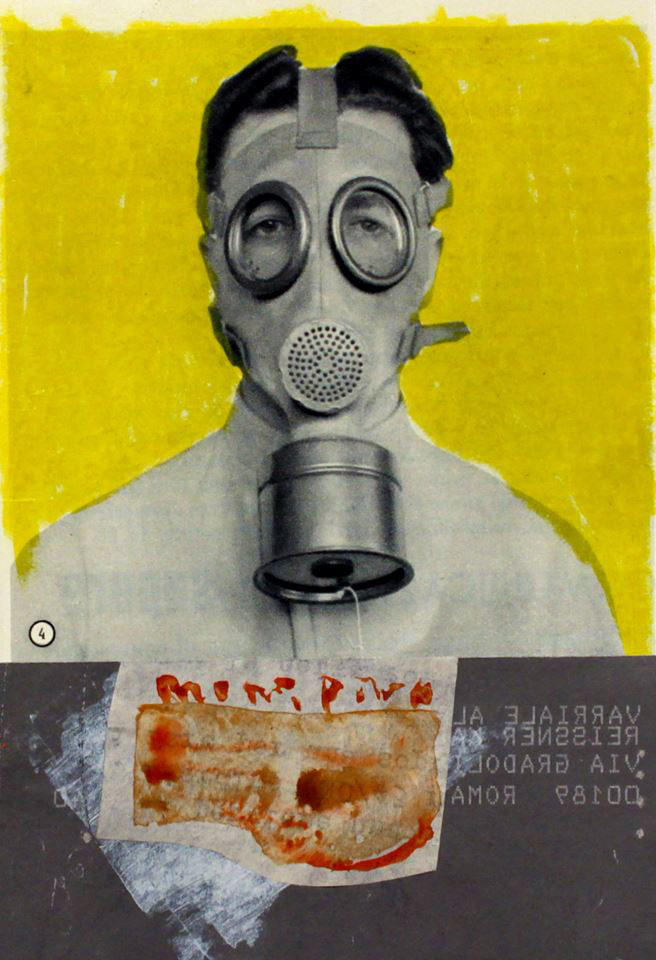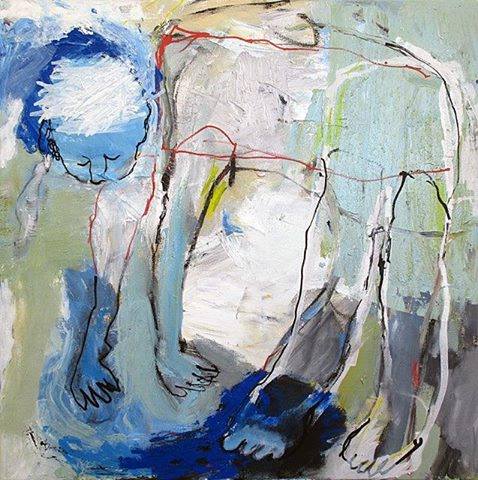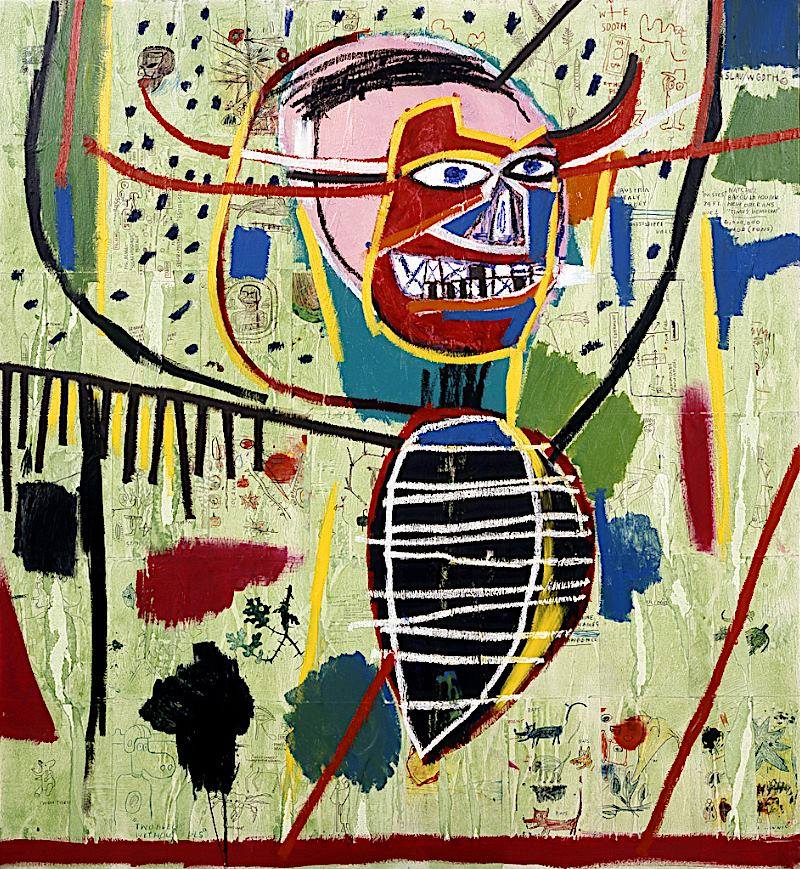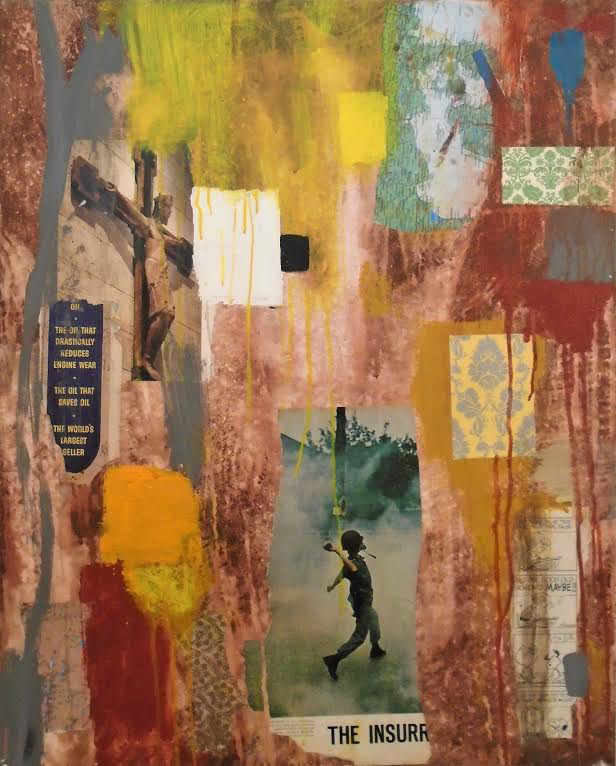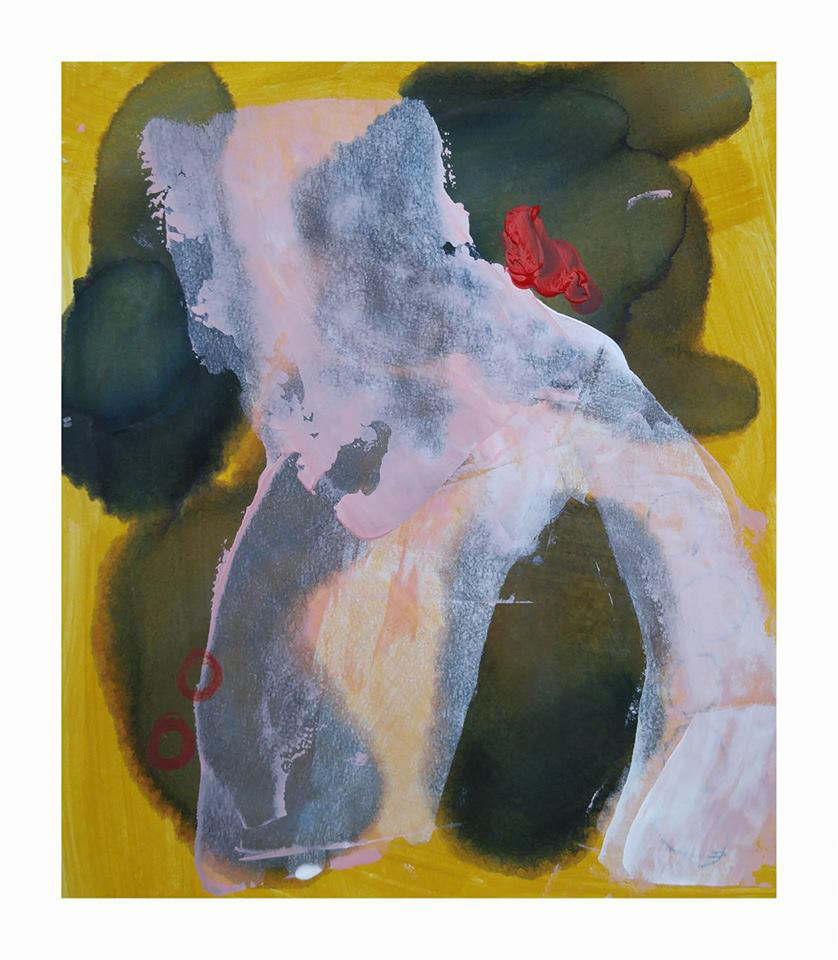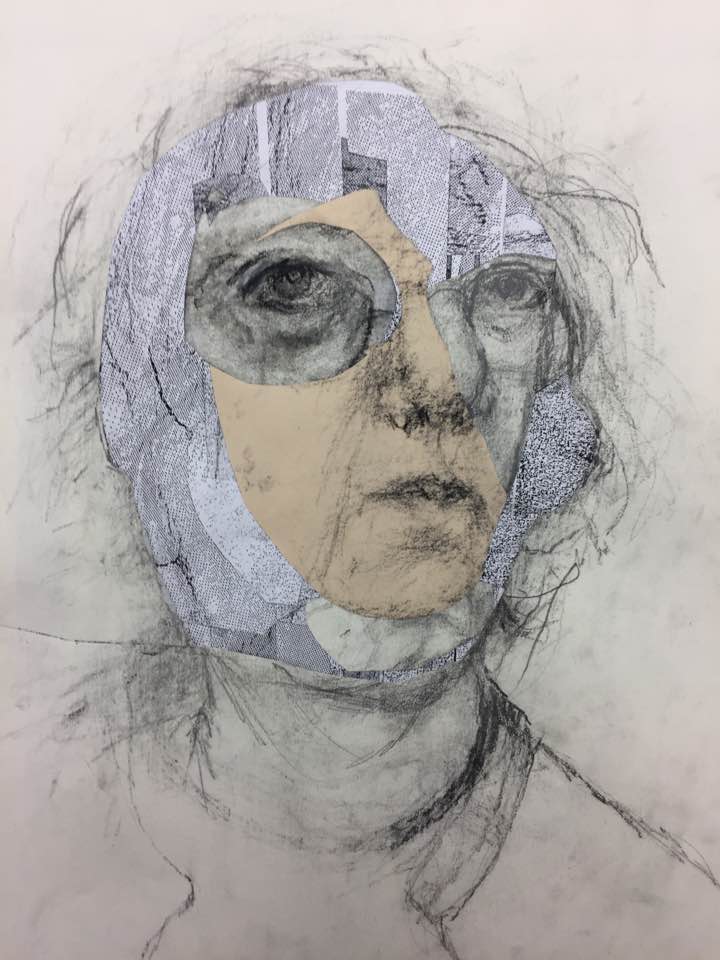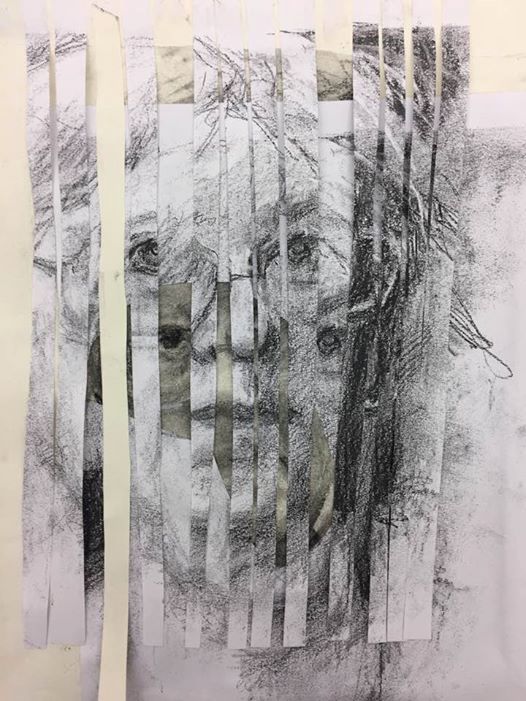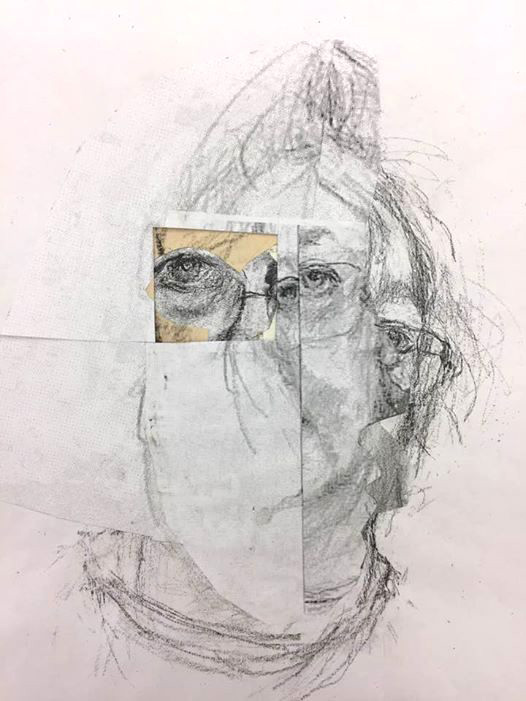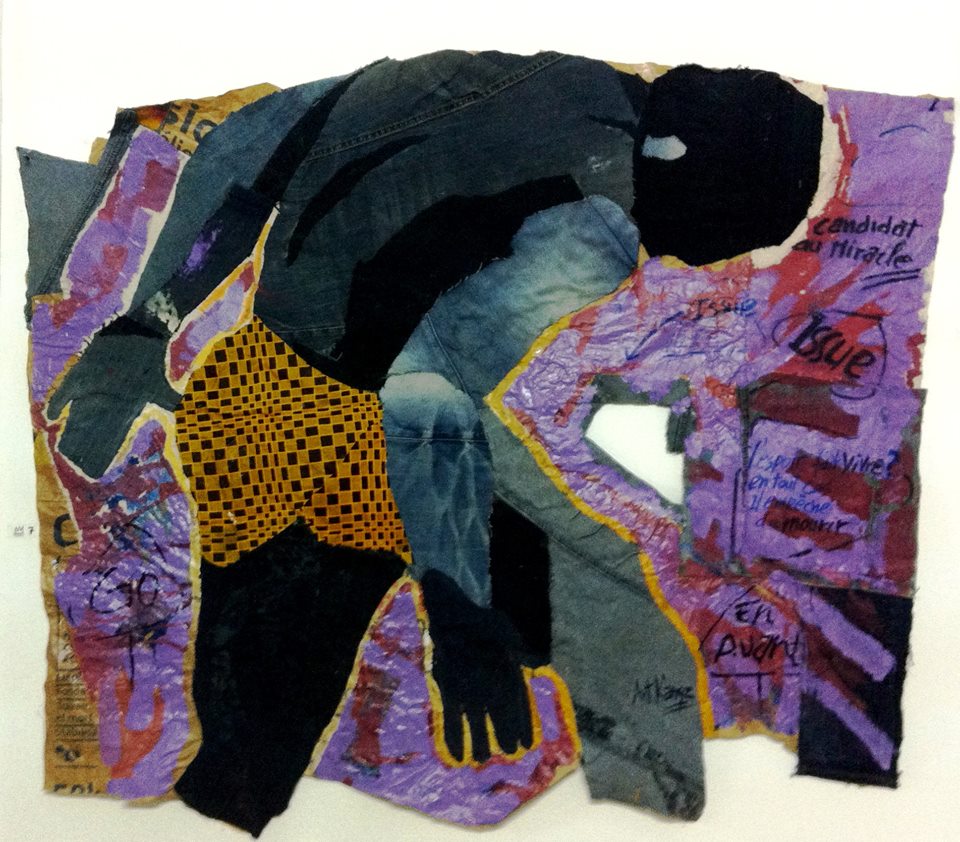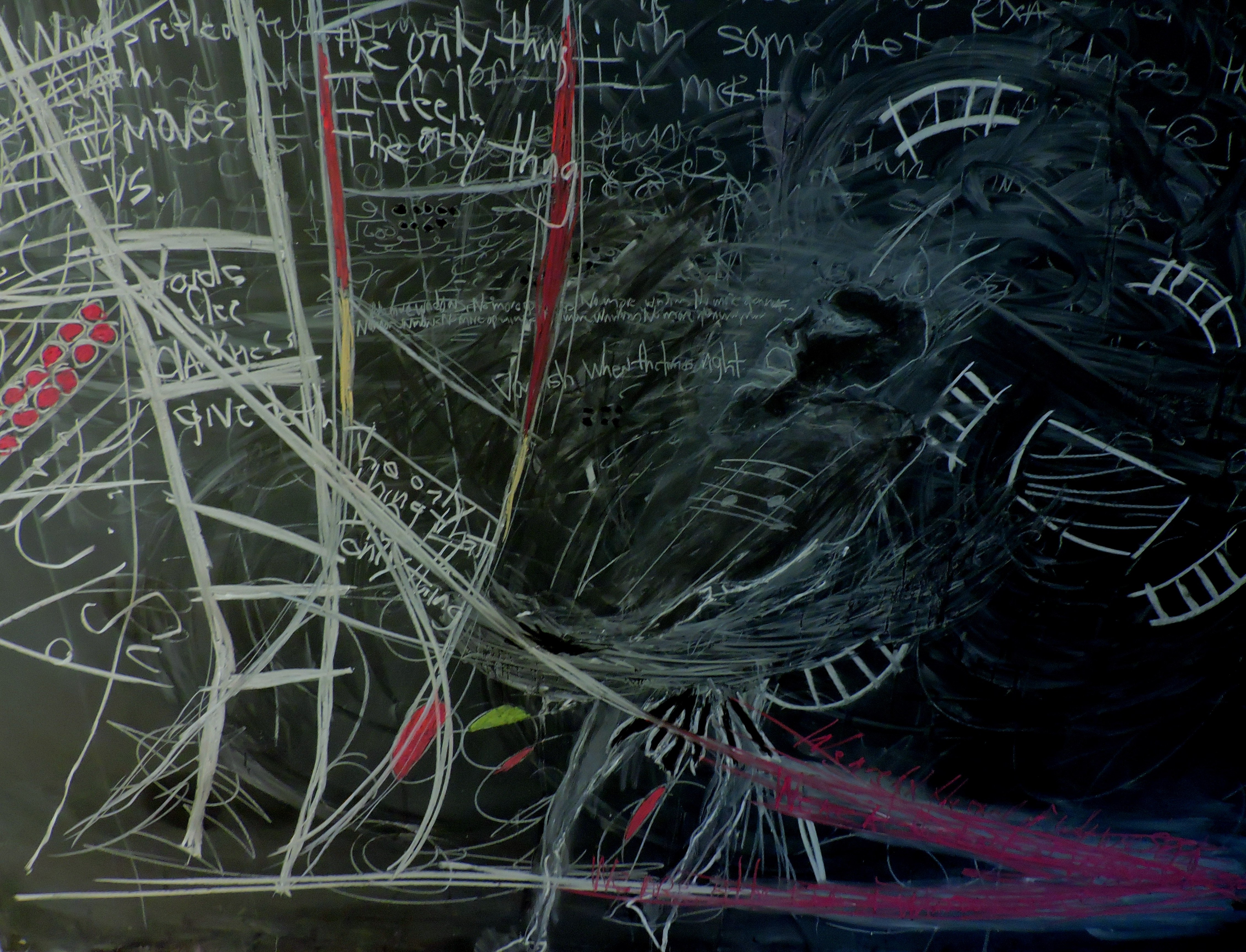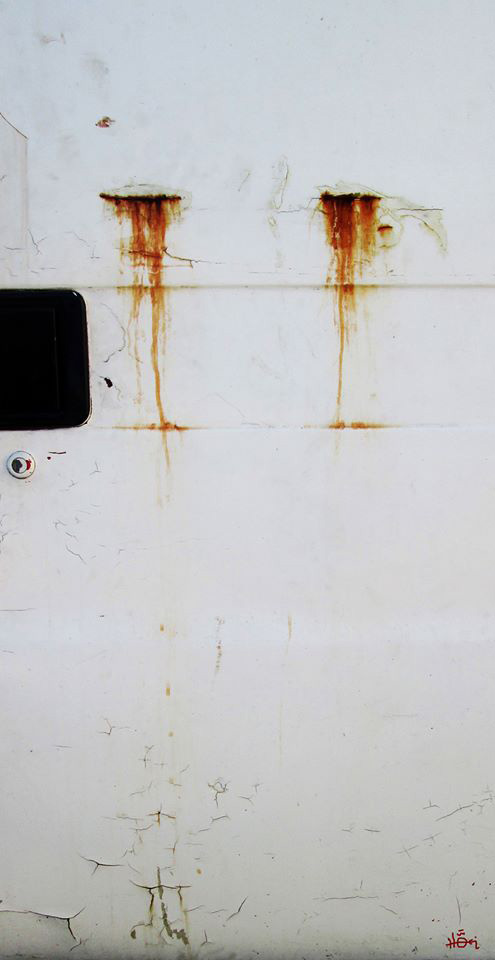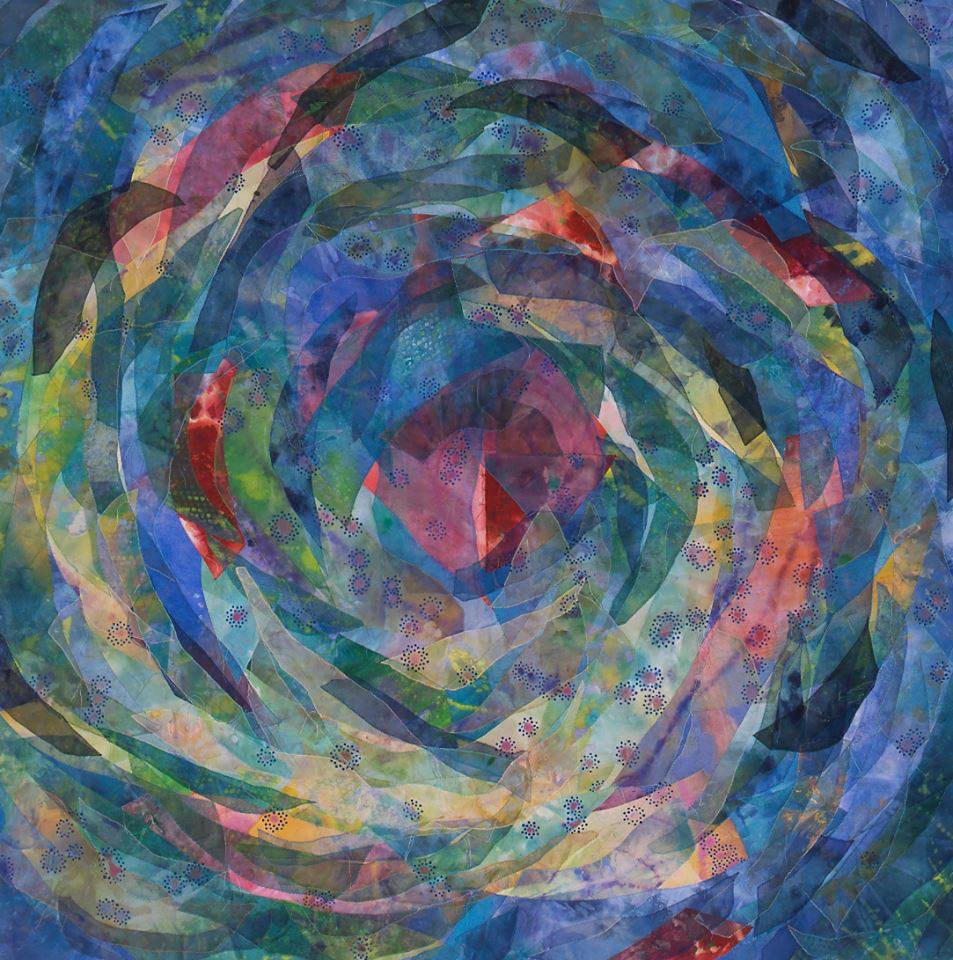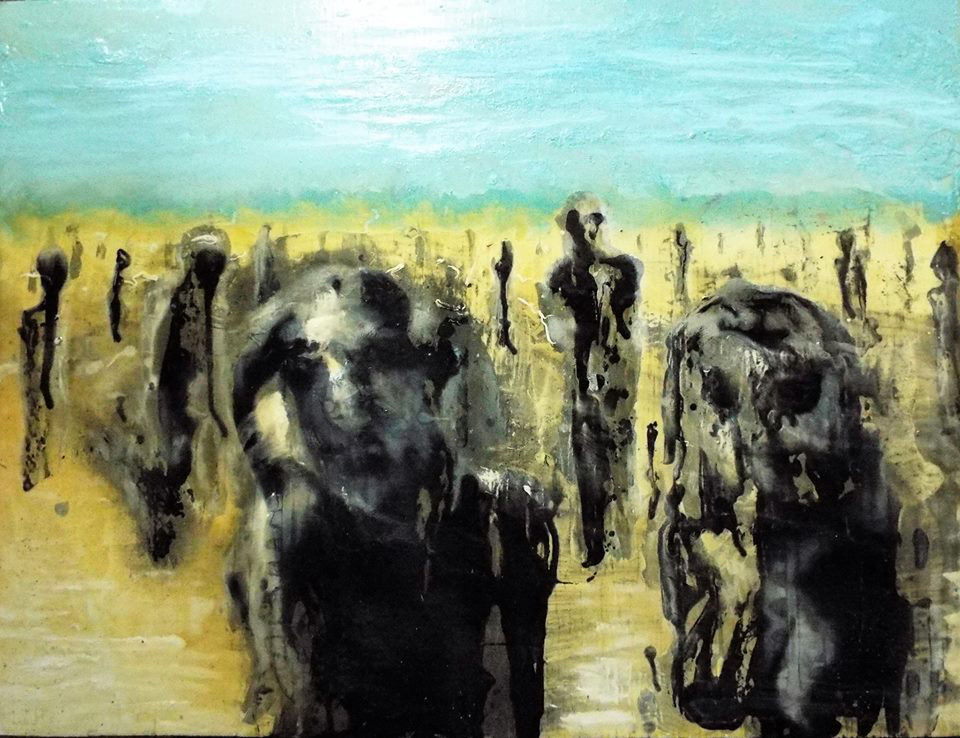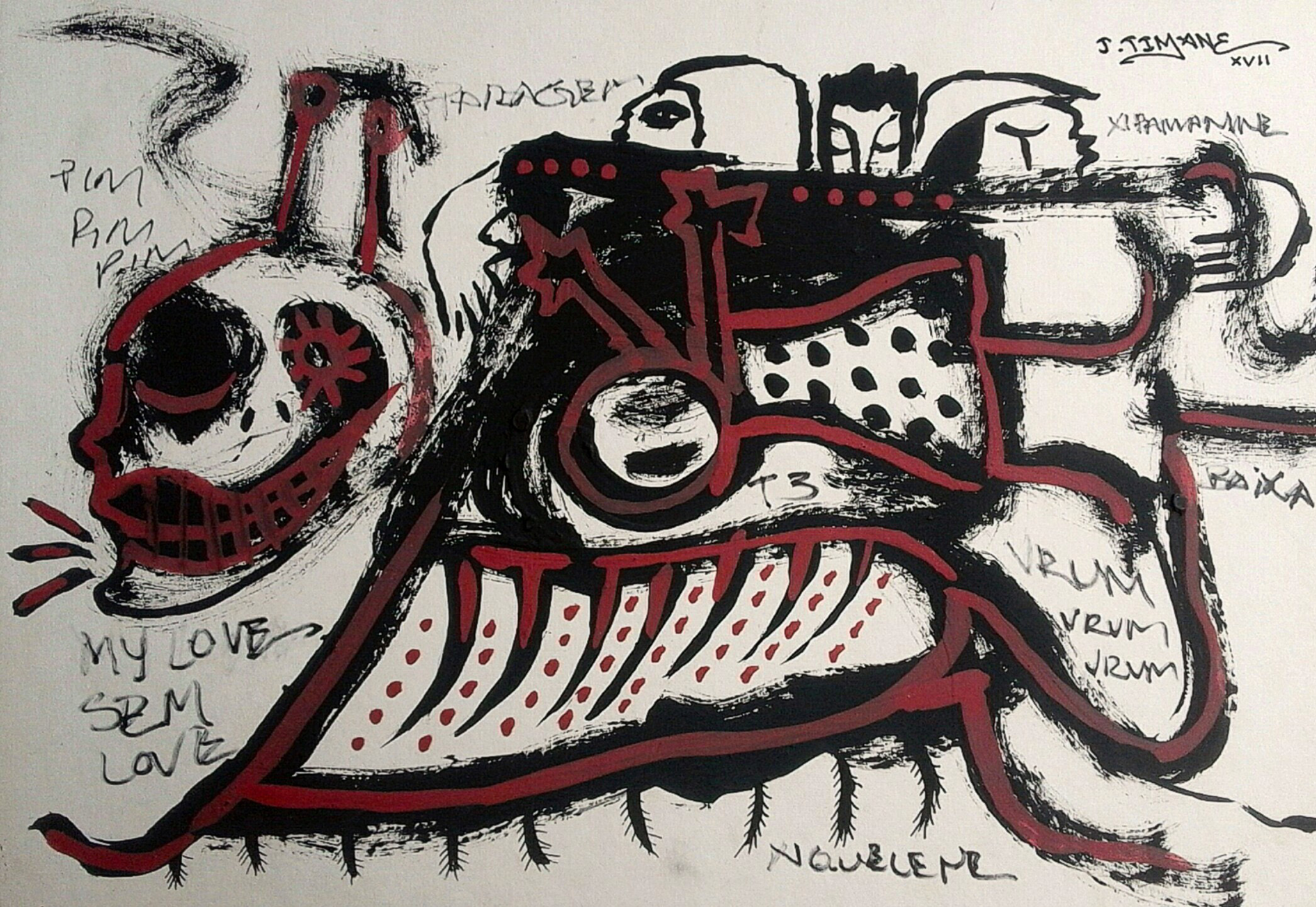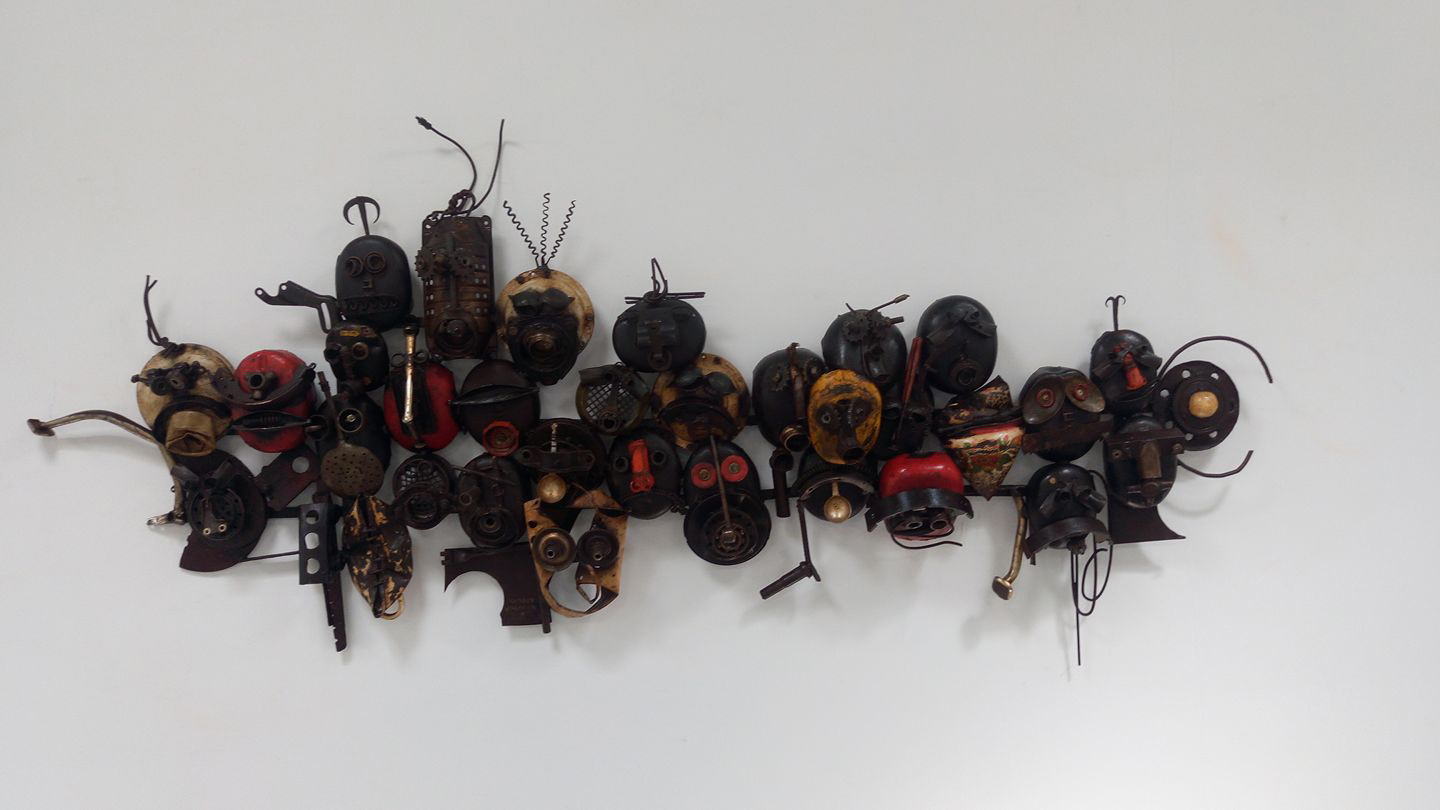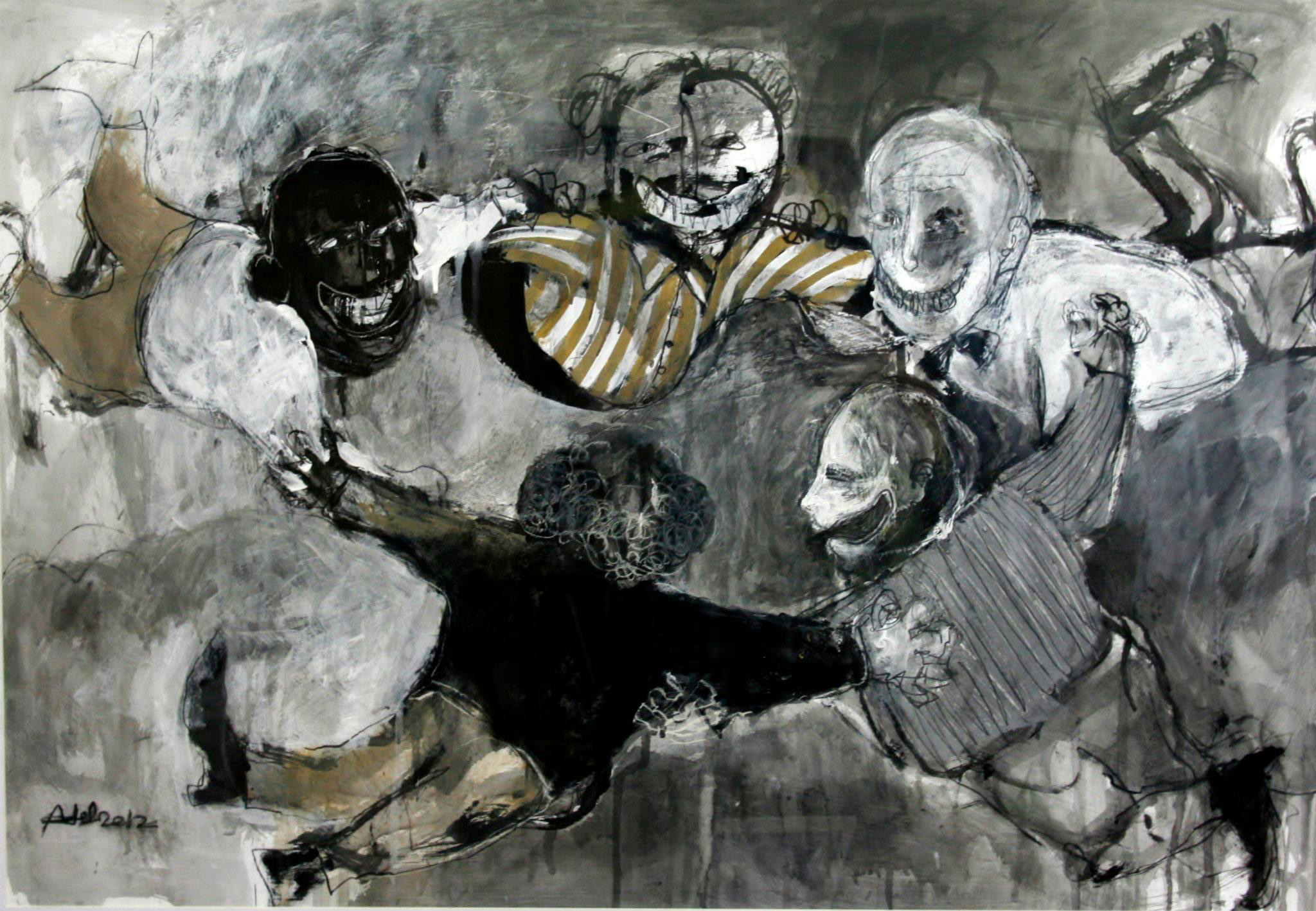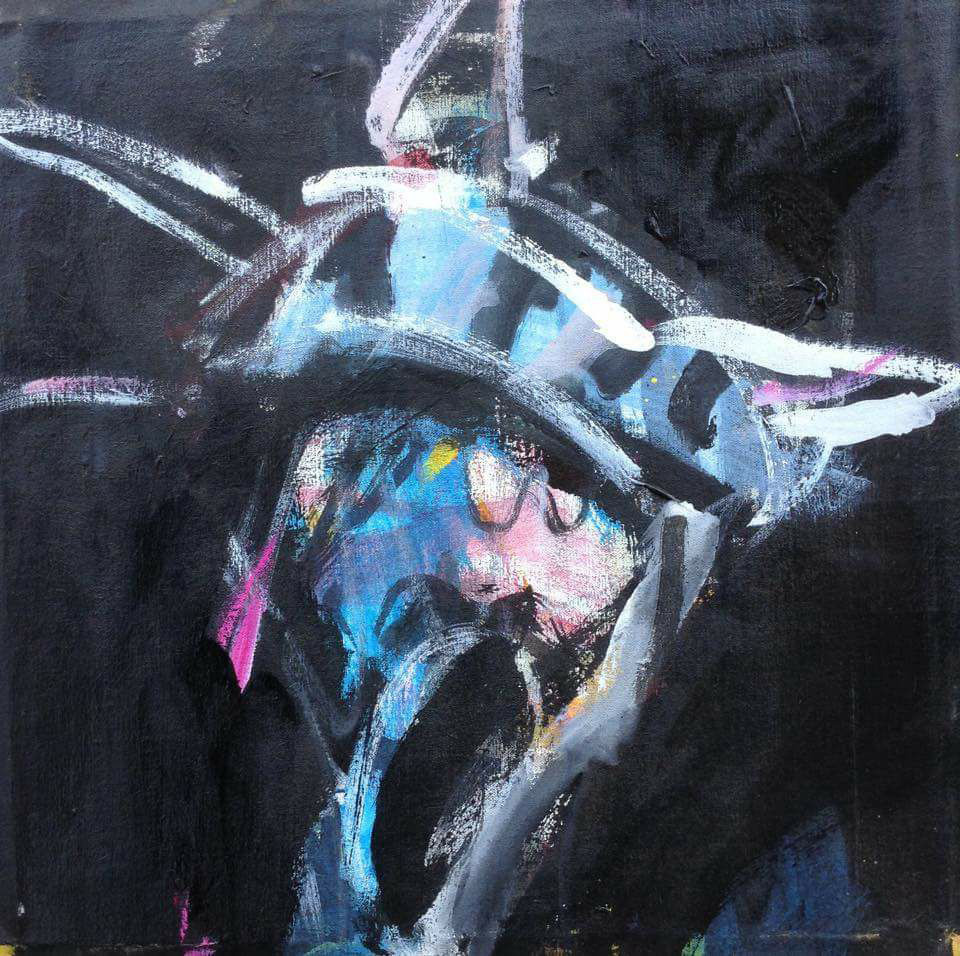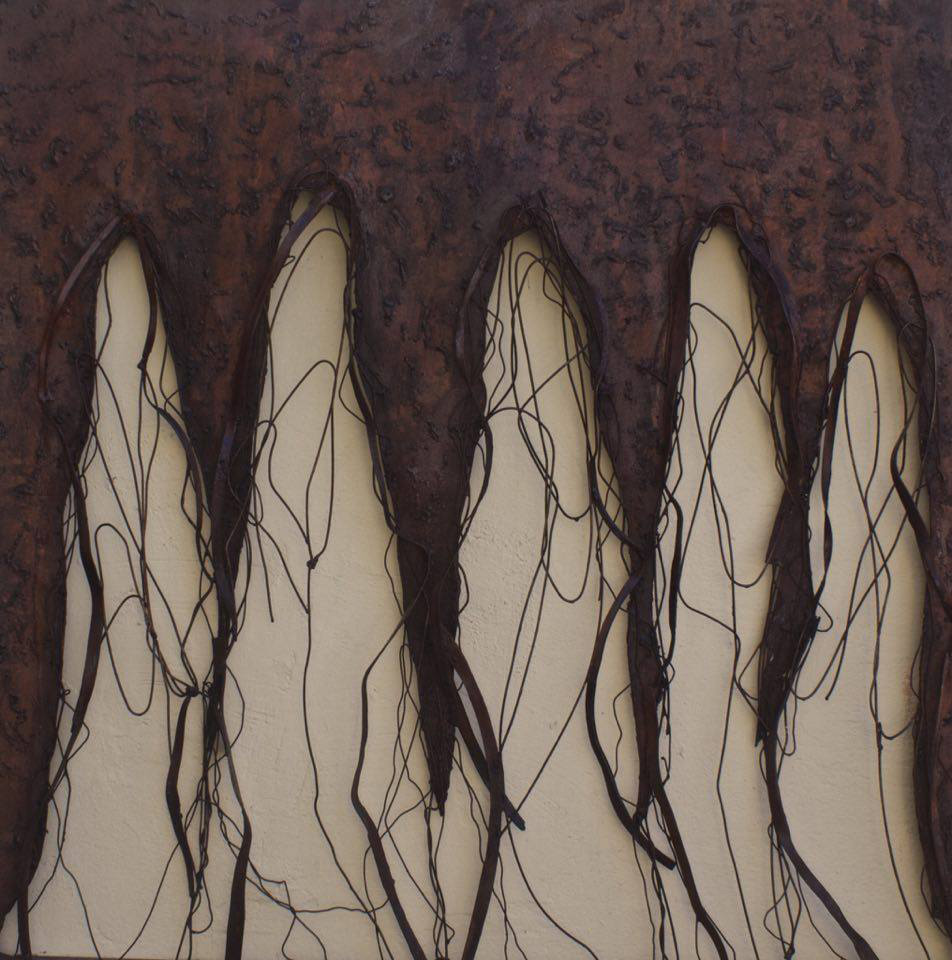wallstreet
This sphere is called “wallstreet” because it’s silver and gold, is englobed and intertwined within the dark center of Wall Street’s control. One could say that the gold, the money and wealth of the world, is tightly wound to this central control – which is dark and not transparent. Adrienne Jalbert, France
Prior to the election of the 45th president of the United States, artist Adrienne Jalbert and Ron Shelton, (HAF publisher), had communicated about her small metal and intricately woven sphere “wallstreet” (pictured above)—which was the inspiration for expanding this narrative more comprehensively. The central control that Adrienne refers to in her excerpt could translate to how an institution such as Wall Street (the eight-block-long street in the Financial District of Lower Manhattan in New York City) shapes, controls and impacts policy on a global scale. The digital installation of “wallstreet” for the art now…as political commentary series takes on a metaphoric role in articulating this idea more broadly. “wallstreet” attempts to visually explain the notion of how particularly narrow minded people conceive and maintain ideas and tightly bound barriers.
The installation of “wallstreet” represents the feelings and ideas among a diverse group of artists from around the world about current socio-political events and conditions. Artists from Syria, Japan, France, Benin, Mozambique, Morocco, Mexico, the Netherlands, USA, Switzerland, Italy, Germany, UK, Ivory Coast, Austria, DR of Congo, Bahrain, Egypt and Turkey, have contributed their time and expertise to advance this project. Common themes are fear, anxiety, and the lack of trust in the veracity of information presented by governments and media, and the unique hope that is intrinsic in the very act of making art. M.K. Shelton, USA
Photographs of rubble, demolished buildings, and chaotic vestiges of destruction are the ground for Atilla Ilkyaz’s, Turkey, “Now News” series. The scarfed figure of a woman covering her face, sits on part of a damaged structure in the mangled ruins of a city block. Drawn with a marker, simplified, graffiti-like shapes combine curvilinear lines and jutting, pointed triangular marks on a screen over the photographed images. The correlation between the enclosed shapes – one seems to encapsulate the woman’s figure, the other, the crushed side of a building, is visually clear, but contextually ambiguous. A single stick figure straddles the two images. The stark contrast between the photographic and the drawn echoes the polarization between reality, varying perspectives, and conjecture that permeates the current flow of information.
In Peter Kohl’s, Austria, “Hollow Men,” a dark, masked, hooded figure in the form of an antlered centaur, carries a semiautomatic weapon. The warrior is surrounded by scrawled symbols of rodents, dead bodies, and the semi-nude figure of a woman. These images powerfully contrast aggression and vulnerability. Elusive lines that disappear and reappear into the background reveal a fragmented and polarized state.
“Anxiety”, by Toshihiko Okuy, Japan, depicts the unease produced when information disseminated by the media and the state contradicts evidence, or minimizes disaster in order to “keep the peace”. A blue, scratched and textured silhouette of a simplified figure lingers in the background. Twisted, wringing hands and fingers, the dead fish on the table in front of the figure, and the disjointed, hairless face, eyes wide open, convey terror and hyper-vigilance. With its elegant composition and delicate, stylized details, this image portrays both internal and external aspects of the human psyche.
Lastly, Carol Heft’s offering, the “distorted” self-portraits included in this exhibition reveal an intense desire for meaning in a fragmented and unpredictable world.
The intensity and recurring theme of eyes, seeing and being seen, looking both inward and outward at the same time, are emblematic of the way I see the world now, my own shifting ideas about how much control I have over my environment and my spiritual life, and how deconstruction can lead to an enriched understanding of what is both seen and unseen. Carol Heft, USA
featured work: “wallstreet” by artist Adrienne Jalbert, France; 20.5 cm or 8in diameter silver, enameled copper, polished brass, and varnished aluminum
Contributors: Carol Heft, M.K. Shelton, and Ron Shelton


